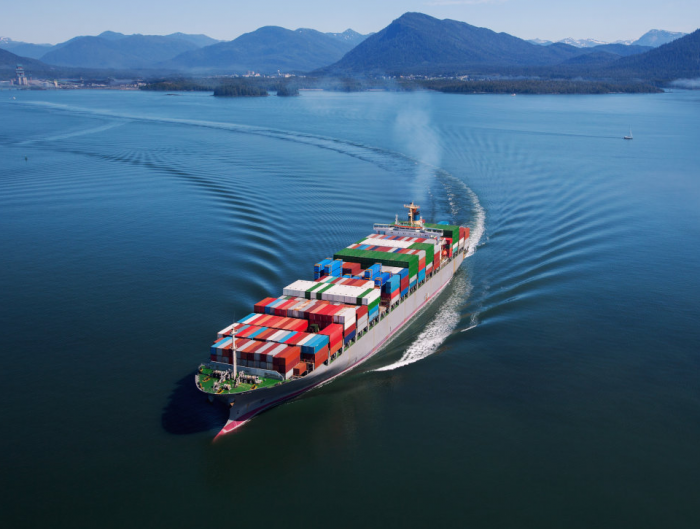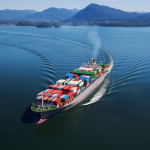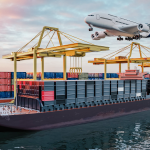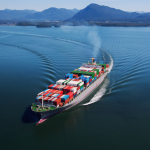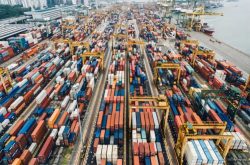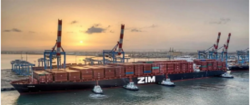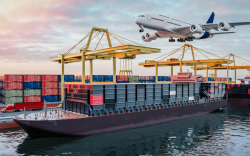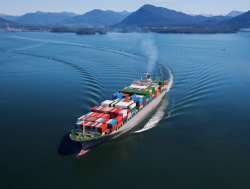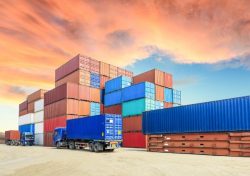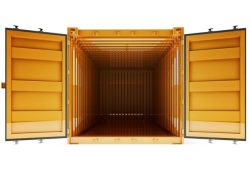Main Operation Process and Problem Analysis of Sea Freight Consolidation
Sea freight consolidation can be divided into direct and indirect
Direct ocean shipping means that the goods in sea freight consolidation containers are loaded and unloaded at the same port, and the goods are not unpacked until they arrive at the port of destination, that is the goods are at the same port of discharge.
This kind of sea freight consolidation service is short in time, convenient and fast. Generally, powerful companies will provide this kind of service. Indirect sea freight consolidation means that the goods in the container are not of the same destination port, which needs to be unpacked and unloaded or transshipped halfway. Due to different destination ports, long waiting time and other factors, the shipment time of such goods is long, and even the freight is high.
The process of indirect sea freight consolidation is mainly as follows:
1. The shipper sends the consignment note to the forwarder or the shipping agent. The contents in the Booking should include the following points: SHIPPER, CONSIGNEE, NOTIFY PARTY, specific port destination, number of pieces, gross weight, size, name of goods, date of shipment and customs code.
2. The freight forwarder shall book space with the shipping company according to the requirements of the shipper booking, and send space allocation notice to the shipper. The shipping address, contact number, contacts and the latest delivery time will be indicated in the shipping notice. The shipper is required to deliver the goods according to the information provided and to ship the goods before the latest delivery time.
3. The shipper shall arrange the delivery to the warehouse or ask the forwarder to arrange door-to-door pick up according to the latest delivery time on the shipping notice. Generally, there will be a designated warehouse address on the shipping notice of bulk cargo, and to deliver the goods to this address before the delivery time.
4. The shipper should provide the customs declaration information to the forwarder after warehousing, so that the forwarder can handle the customs declaration. The size and weight of the goods on the customs declaration form should be the same as the actual weight and size, otherwise it will affect the customs declaration and passage.
5. The forwarder will send the confirmation copy of lading to the shipper for confirmation after the goods are delivered to the warehouse. The shipper shall confirm and send back the copy of lading as far as possible before the shipment, otherwise the normal issuance of lading copy may be affected. After sailing, the forwarder will issue the copy of lading to the shipper 1-2 working days after receiving the shipper’s confirmation copy of lading.
